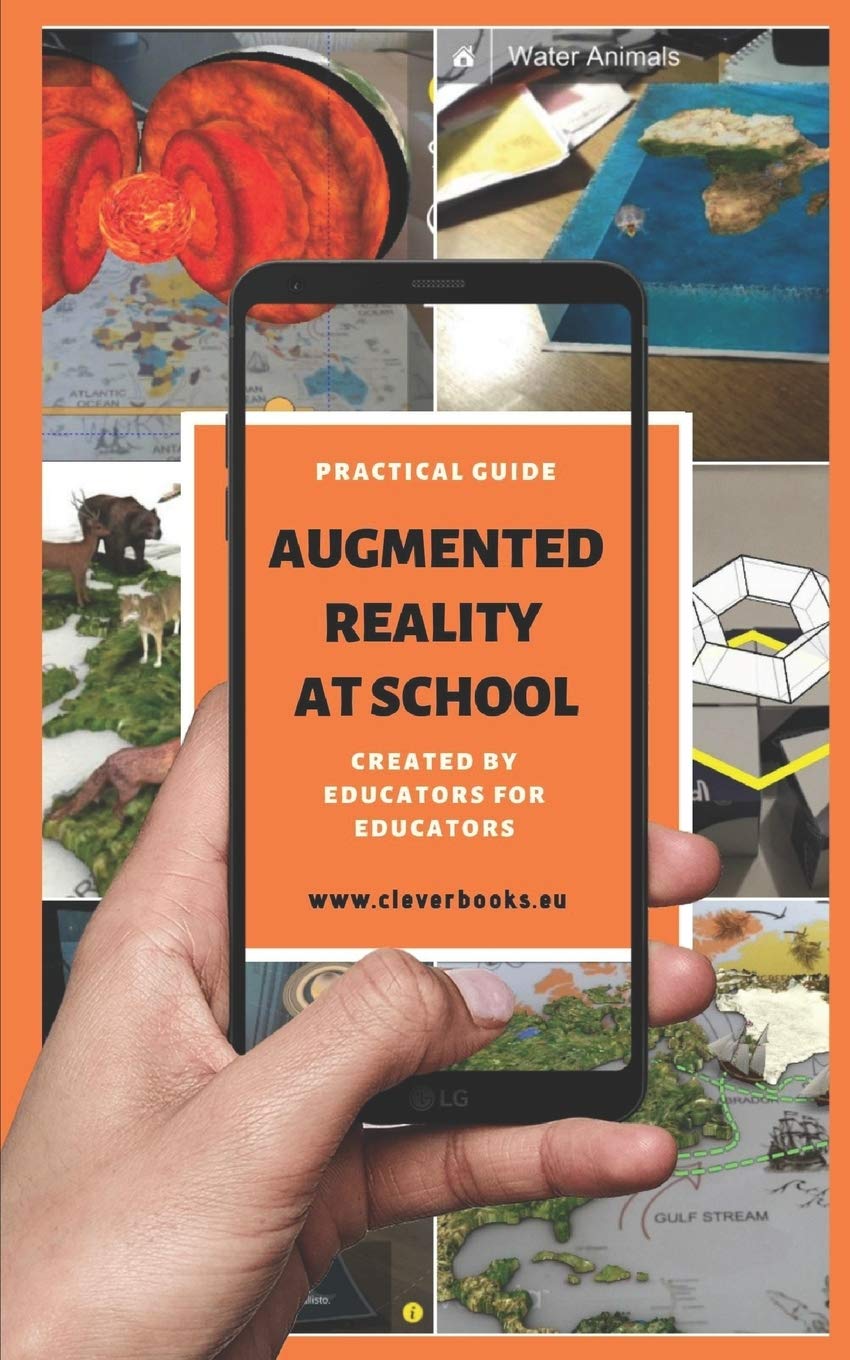Augmented Reality at School: A Practical Guide for Educators
What is Augmented Reality?
Augmented Reality (AR) is an interactive experience of a real-world environment where the objects that reside in the real world are enhanced by computer-generated perceptual information. AR technology overlays digital content onto the physical world, providing a unique and immersive learning experience for students.
Using Augmented Reality in Education
Augmented Reality has the potential to revolutionize the way students learn and engage with educational content. By bringing digital elements into the physical world, AR makes learning more interactive, engaging, and fun for students of all ages.
Practical Applications of Augmented Reality in K-12 Education
There are endless possibilities for using Augmented Reality in the classroom. Here are some practical applications that educators around the world are using to enhance learning:
Interactive Lessons
Using AR applications, educators can create interactive lessons that allow students to explore and manipulate virtual objects in the real world. This hands-on approach to learning helps students better understand complex concepts and improves retention of information.
Virtual Field Trips
With AR, educators can take students on virtual field trips to museums, historical sites, and other locations around the world. This allows students to explore and learn about different cultures and environments without leaving the classroom.
Visualizing Concepts
AR can be used to visualize abstract concepts in subjects like math and science. For example, students can use AR applications to see how a molecule is structured or how an equation is solved in a visual and interactive way.
Enhancing Storytelling
AR can bring stories to life by overlaying digital characters and animations onto physical storybooks. This interactive storytelling experience engages students and enhances their reading comprehension skills.
Implementing Augmented Reality in the Classroom
To successfully integrate Augmented Reality into your classroom, consider the following steps:
Educate Yourself
Take the time to explore different AR applications and understand how they can be used in education. Attend training sessions or workshops to learn how to create your own AR content.
Engage Students
Introduce AR technology to students gradually and encourage them to explore and experiment with different applications. Allow students to work in groups and collaborate on AR projects to foster creativity and critical thinking skills.
Assess Learning Outcomes
Monitor student progress and assess how AR technology is impacting their learning outcomes. Collect feedback from students and adjust your teaching strategies based on their needs and preferences.
With the right approach and tools, educators can transform the way students learn and engage with educational content using Augmented Reality. Embrace this innovative technology and discover new ways to inspire and motivate students in the classroom.
Product Description:
| Publisher | Independently published (August 8, 2019) |
| Language | English |
| Paperback | 228 pages |
| ISBN-10 | 1083044370 |
| ISBN-13 | 978-1083044372 |
| Item Weight | 9 ounces |
| Dimensions | 5 x 0.58 x 8 inches |
Product Rating: 4.5
Price: $19.99
(as of Apr 26, 2024 13:33:57 UTC – Details)
Disclaimer: This blog post may contain affiliate links for products sold on Amazon.com. If you make a purchase through one of these links, we may earn a small commission at no additional cost to you. All opinions expressed here are our own and we only promote products that we have tested and believe in. The Univer Geek Team


